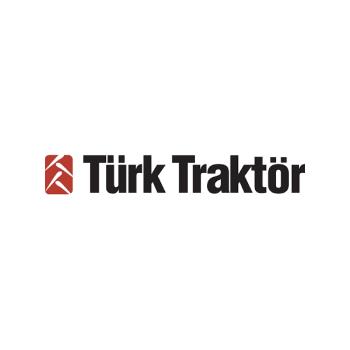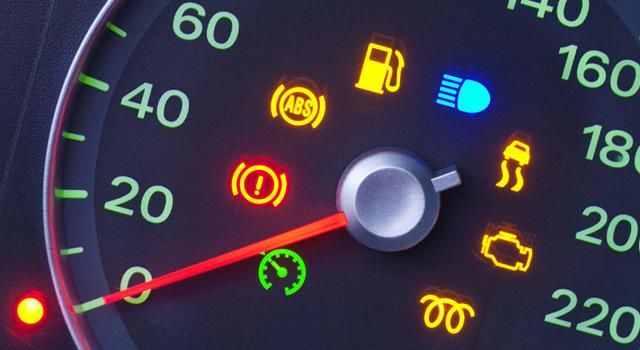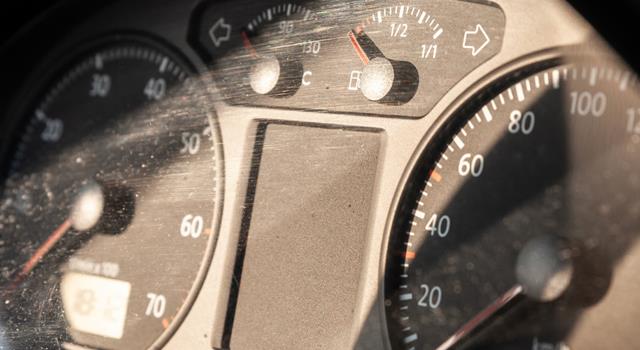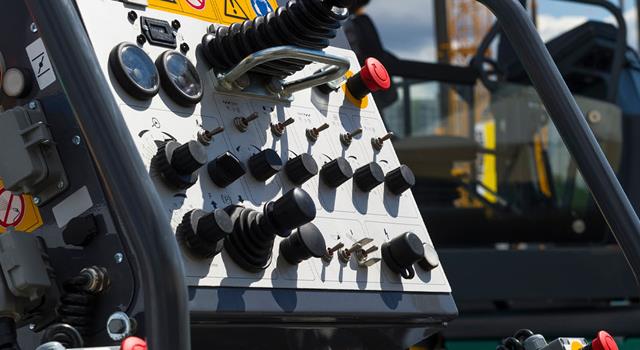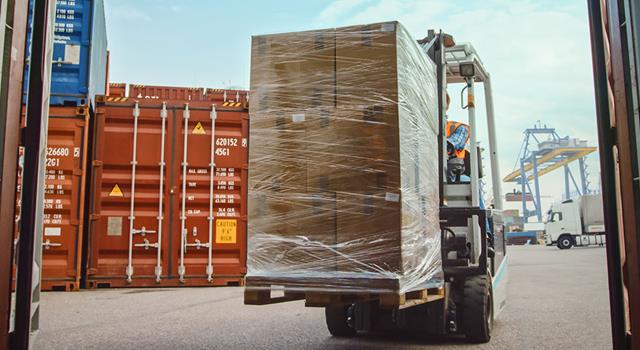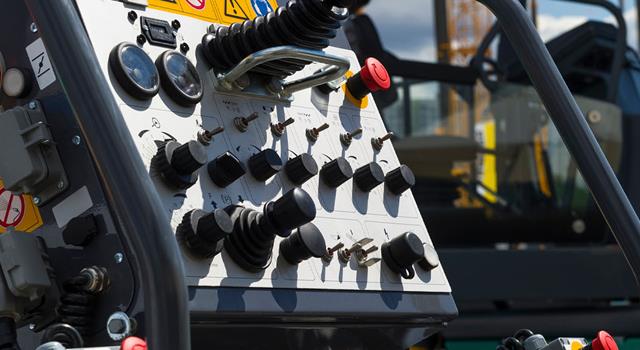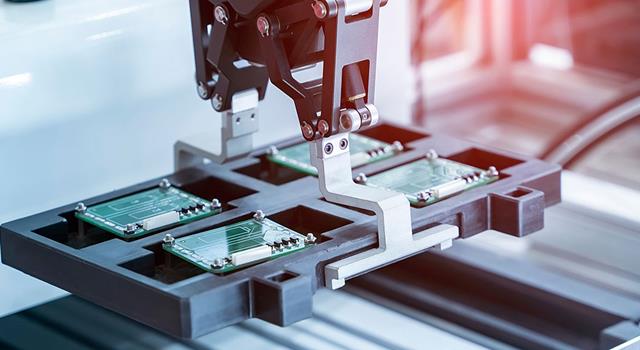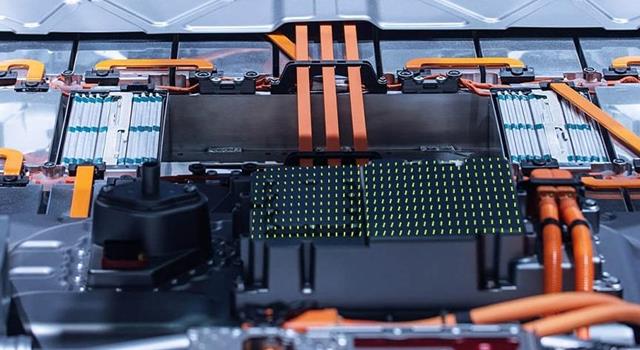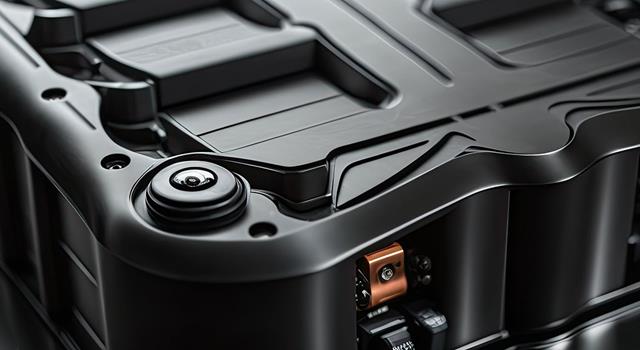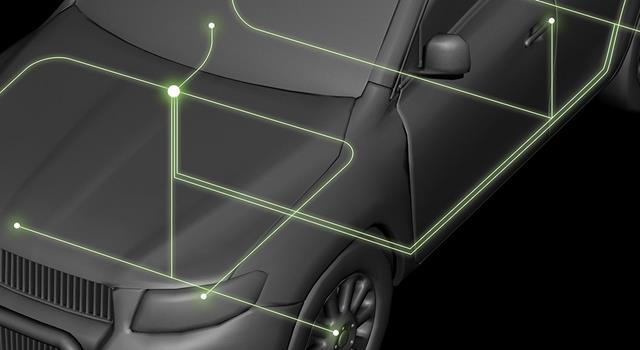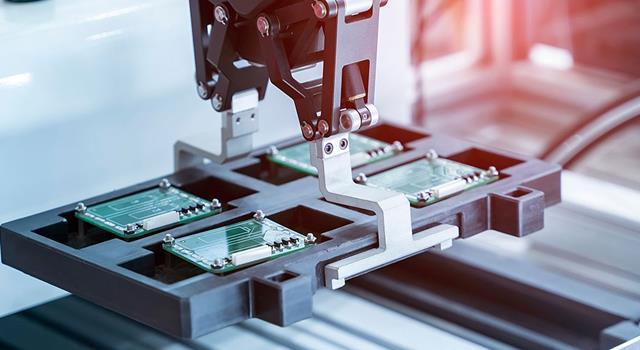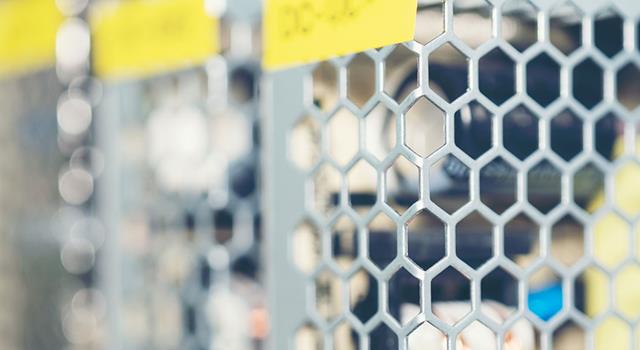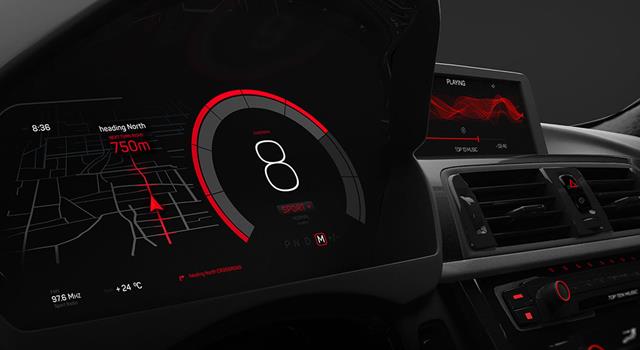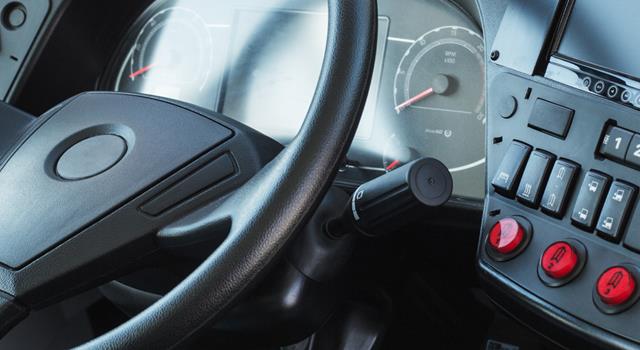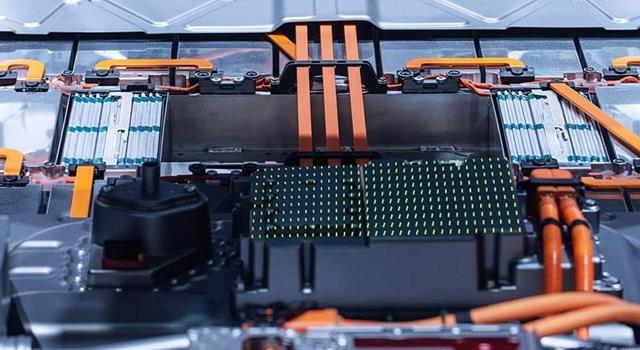IP grades are crucial in determining how well a device is protected against elements like dust and water. In this blog, we'll explore what these ratings mean, their significance, and how they impact both product design and consumer choice.
Basics of IP Ratings
Ingress Protection ratings, commonly referred to as IP ratings, are a standard to gauge the level of protection an enclosure provides against solid objects and liquids. These ratings are crucial for manufacturers and consumers alike, as they indicate the durability and suitability of devices for different environments. Let's start by understanding the two digits that follow 'IP' in these ratings, each signifying a different type of protection.
Decoding the IP Rating Numbers
The first digit after 'IP' ranges from 0 to 6 and indicates protection against solid objects, like dust and sand. A higher number means better protection, with 6 signifying total dust resistance. The second digit, ranging from 0 to 8, reflects protection against liquids. This number tells you how well the device can withstand water exposure, with 8 indicating the ability to withstand continuous immersion under specific conditions. For instance, a rating of IP67 means the device is completely dust-tight and can survive temporary immersion in water.
Meaning of IP Rating Numbers
IP Code: First Digit (Protection Against Solids)
| First Digit | Object Size | Protection Against | Description |
|---|---|---|---|
| 0 | — | No protection |
No protection against contact and ingress of objects. |
| 1 | >50 mm | Large surface of the body |
Protection against objects larger than 50 mm, like the back of a hand. |
| 2 | >12.5 mm | Fingers |
Protection against objects larger than 12.5 mm, such as fingers. |
| 3 | >2.5 mm | Tools, thick wires |
Protection against objects larger than 2.5 mm, like tools and thick wires. |
| 4 | >1 mm | Most wires, slender screws |
Protection against objects larger than 1 mm, such as most wires and slender screws. |
| 5 | Dust | Dust protected |
Dust ingress is not entirely prevented but must not interfere with the equipment's operation. |
| 6 | Dust | Dust tight |
No ingress of dust; complete protection against contact. |
IP Code: Second Digit (Protection Against Liquids)
| Second Digit | Protection Against | Effective Against | Description |
|---|---|---|---|
| 0 | None | — |
No protection against ingress of water. |
| 1 | Dripping water | Vertically falling drops |
Protection against vertically falling drops, like light rain. |
| 2 | Dripping water when tilted at 15° | Tilted dripping water |
Protection against water dripping when tilted at 15°, from all directions. |
| 3 | Spraying water | Water spray up to 60° from vertical |
Protection against spraying water, tested with oscillating fixture or spray nozzle. |
| 4 | Splashing of water | Water splashing from any direction |
Protection against splashing water from any direction. |
| 5 | Water jets | Water projected by a nozzle against enclosure |
Protection against water jets from any direction. |
| 6 | Powerful water jets | Powerful water jets against enclosure |
Protection against powerful water jets from any direction. |
| 6K | Powerful water jets with increased pressure | — |
Protection against powerful water jets with increased pressure (not in IEC 60529). |
| 7 | Immersion, up to 1m depth | Immersion in water up to 1 meter |
Protection against immersion in water up to 1 meter depth for 30 minutes. |
| 8 | Immersion beyond 1m depth | Continuous immersion in water |
Suitable for continuous immersion in water under conditions specified by the manufacturer. |
IP Ratings in Different Industries
Different industries have varying requirements for IP ratings. In the electronics sector, a high IP rating is a selling point for smartphones and outdoor cameras, indicating their resilience against the elements. In the automotive industry, IP ratings ensure that vehicle components can withstand environmental challenges like road debris and rain. Each industry's specific needs dictate the IP rating sought after in its products.
Testing for IP Ratings
Testing for IP ratings is a rigorous process, governed by international standards. Manufacturers conduct a series of tests to ensure their products meet the specified IP grade, which involves exposing the product to varying levels of dust and water exposure. This testing is crucial for maintaining quality and reliability standards.
The Significance of IP Ratings in Product Design and Consumer Choice
IP ratings are not just technical jargon; they play a key role in product design, dictating the materials and construction methods used. For consumers, understanding these ratings helps in making informed decisions, especially when purchasing gadgets meant for outdoor or rugged use.
Myths and Misconceptions About IP Ratings
A common misconception is that a high IP rating equates to invincibility against all types of exposure. It's important to remember that these ratings have specific conditions and don't guarantee absolute protection. For instance, IP68 doesn't mean a device can be submerged indefinitely without consequences.
Future Trends and Developments
As technology evolves, so do the standards for IP ratings. We're seeing a trend towards higher IP ratings in consumer electronics, signaling a move towards more durable, long-lasting products. Keep an eye on these developments, as they're set to redefine durability standards in technology.
Conclusion
Understanding IP grades is key to appreciating the durability and resilience of various products. Whether you're a manufacturer or a consumer, these ratings provide valuable insights into the suitability of devices for different environments and uses.
